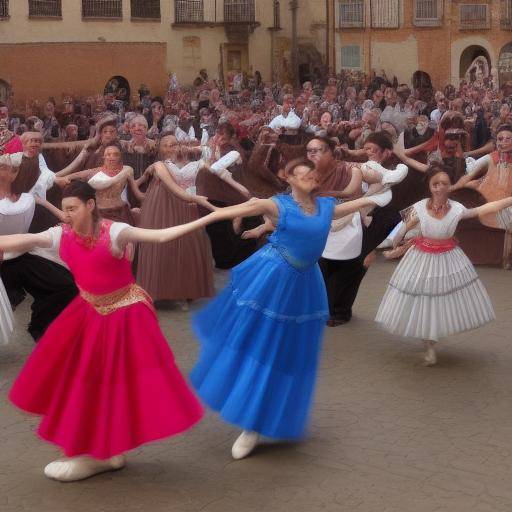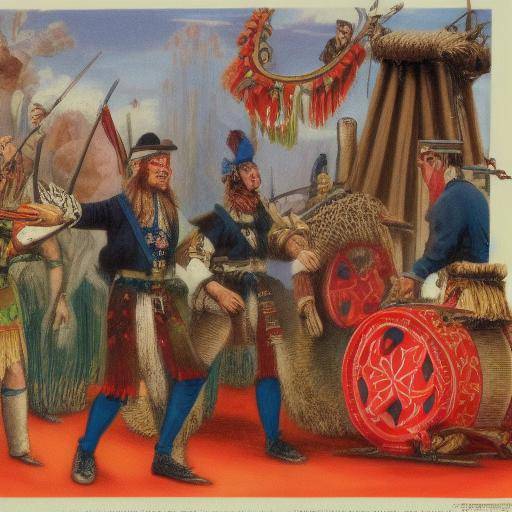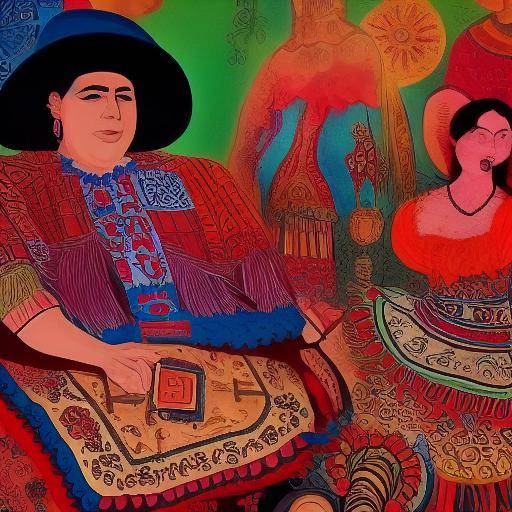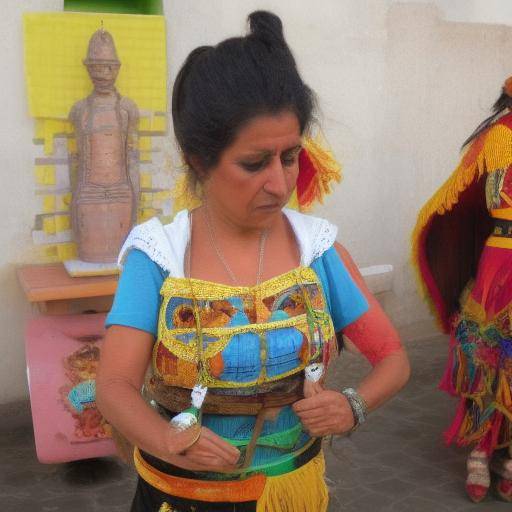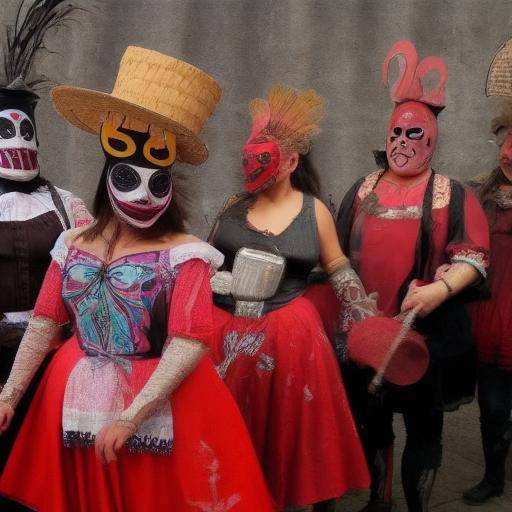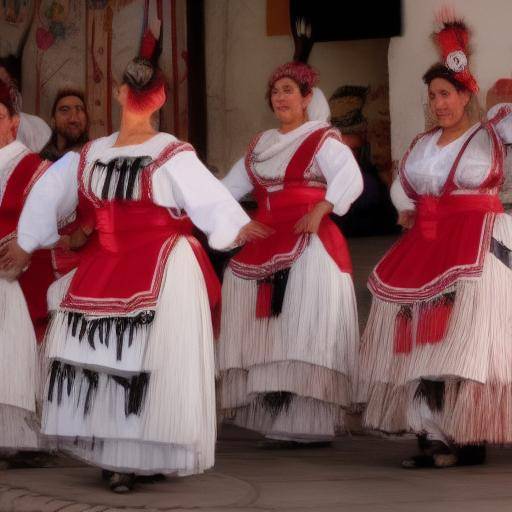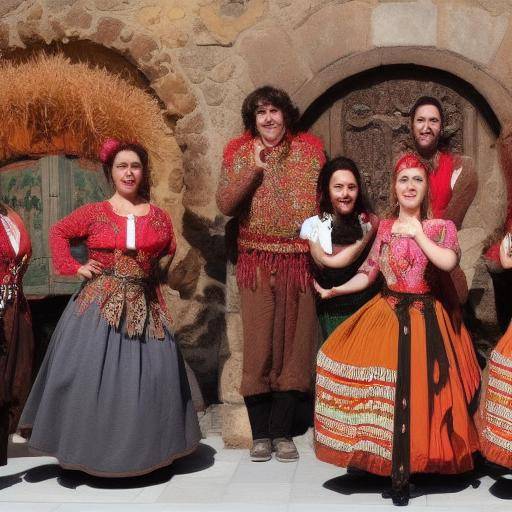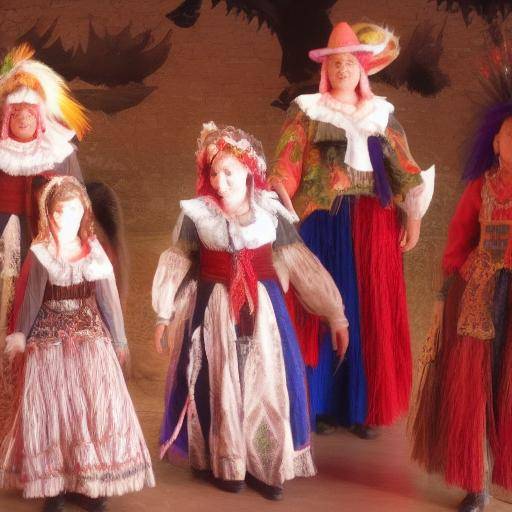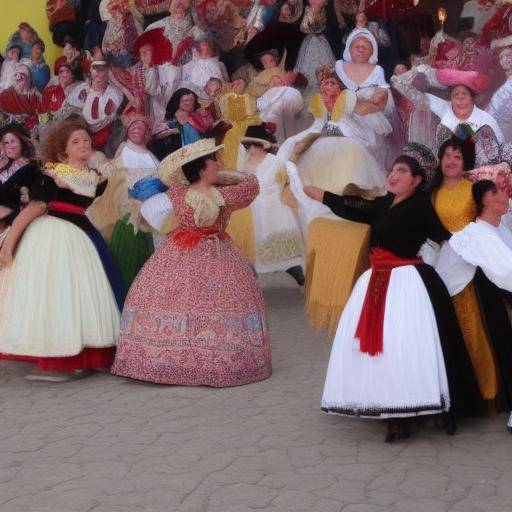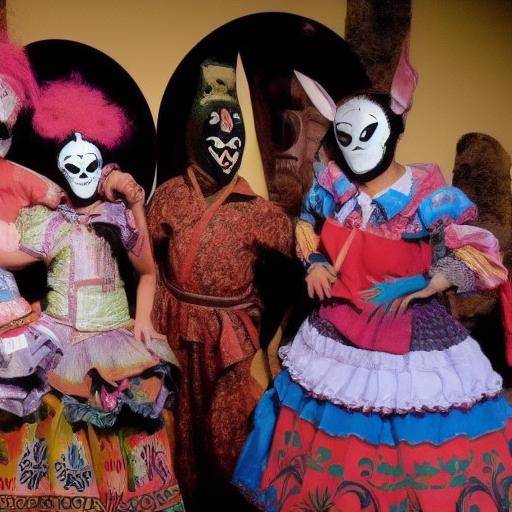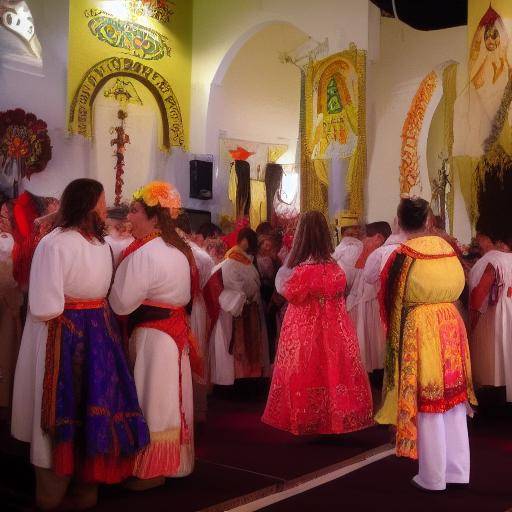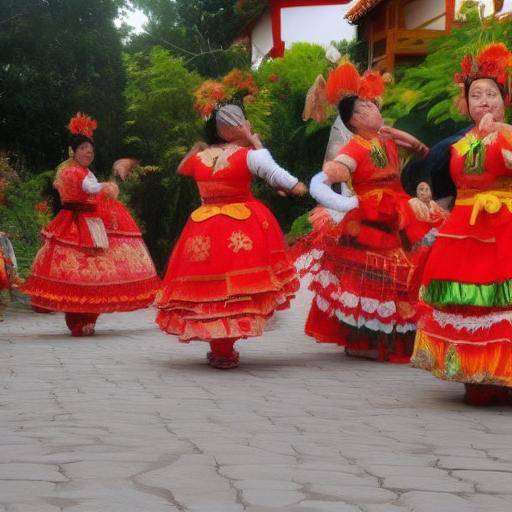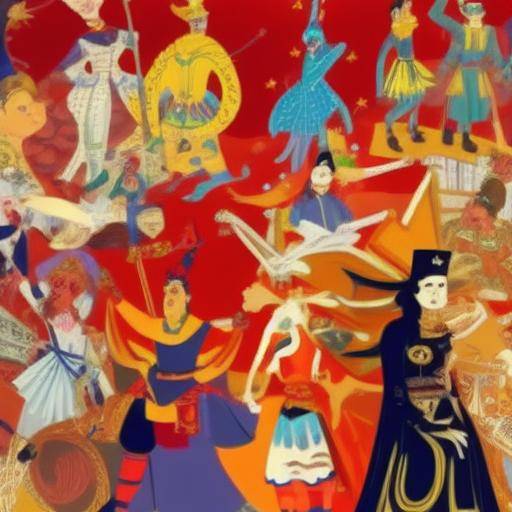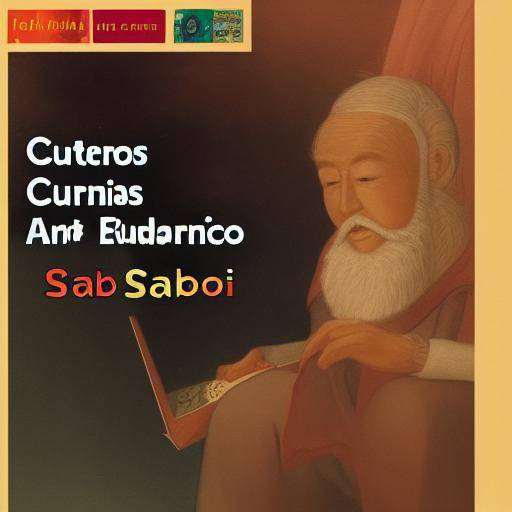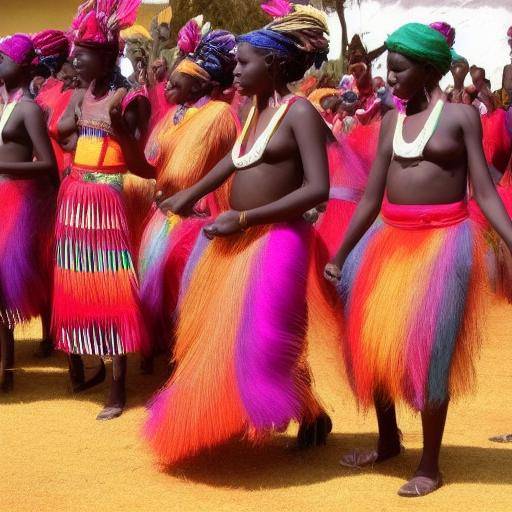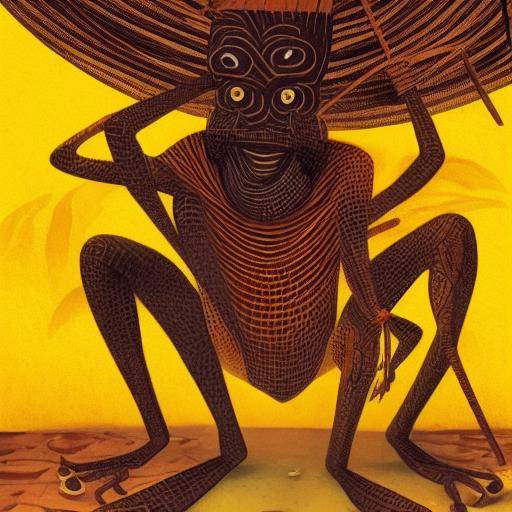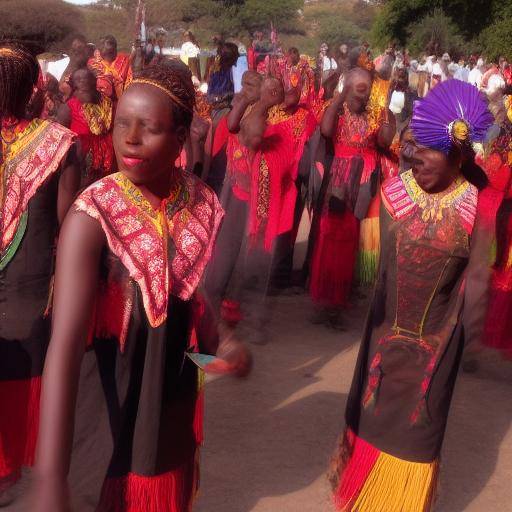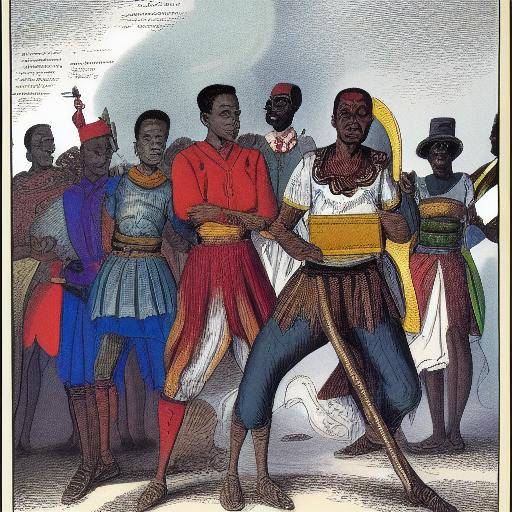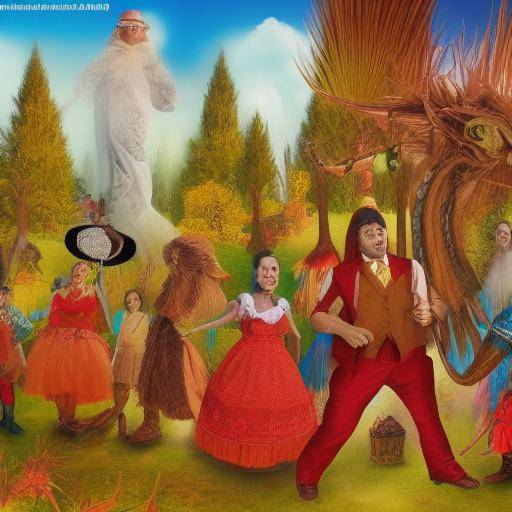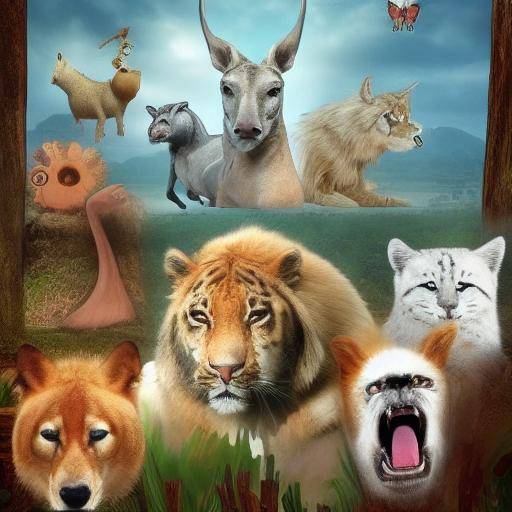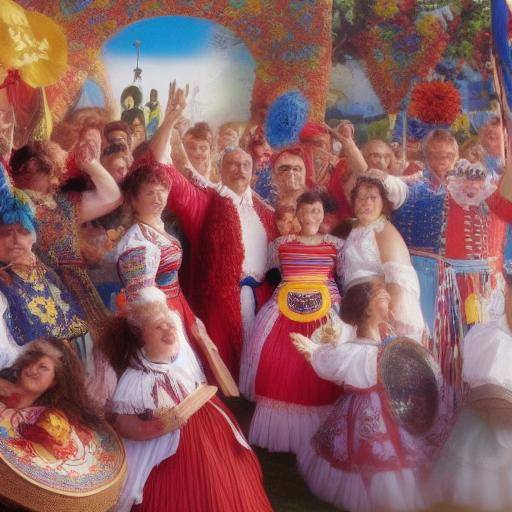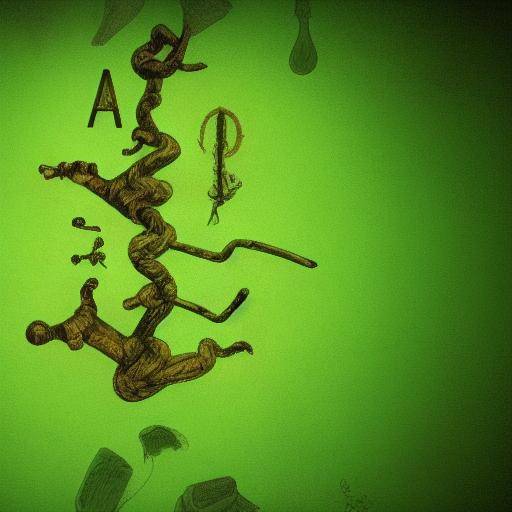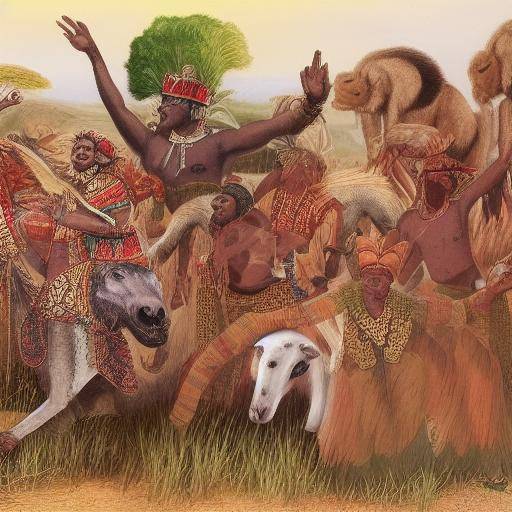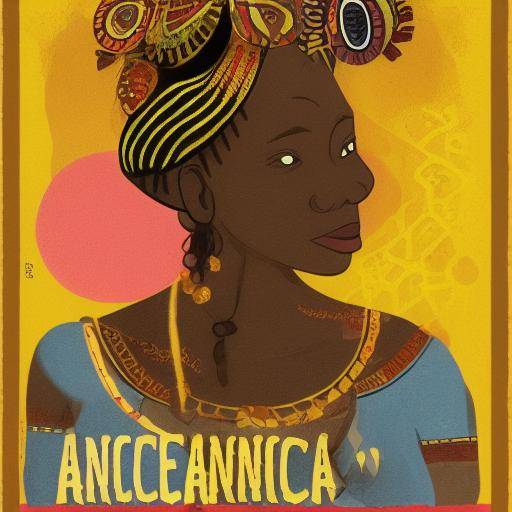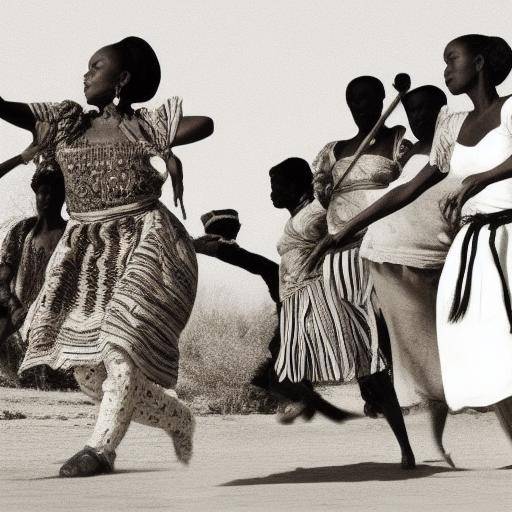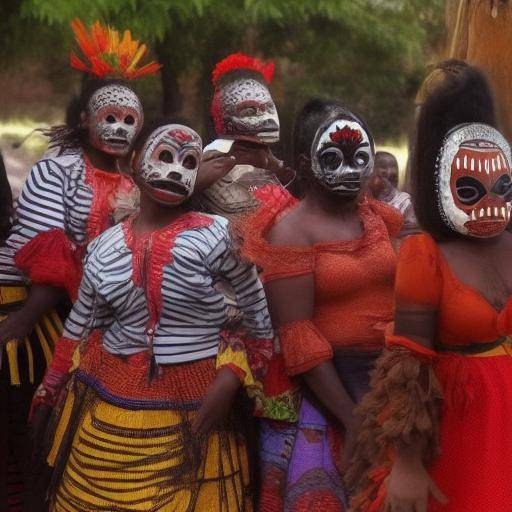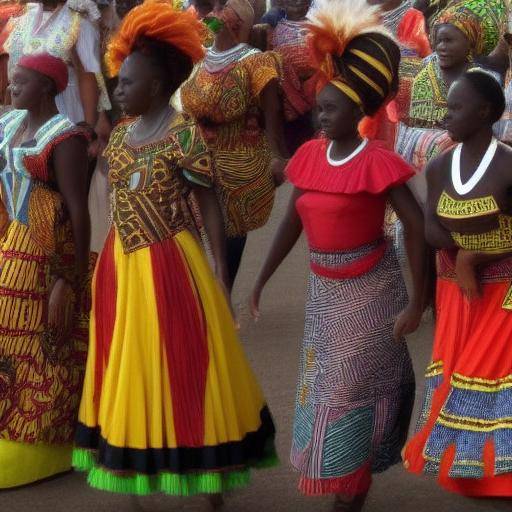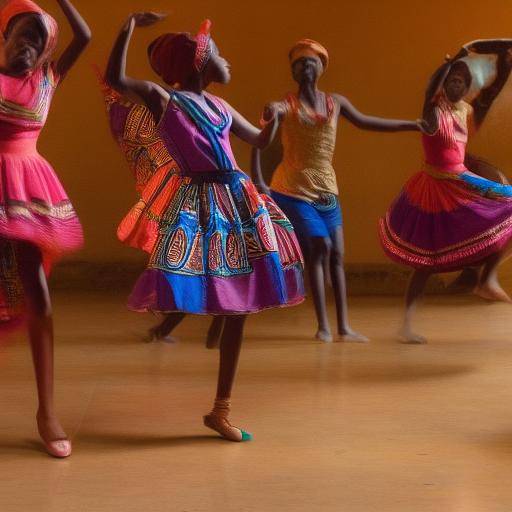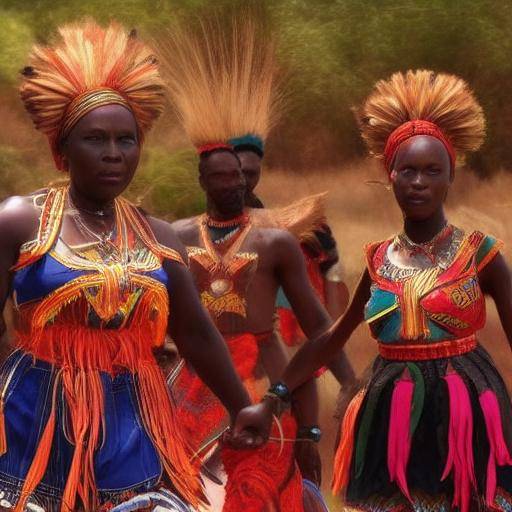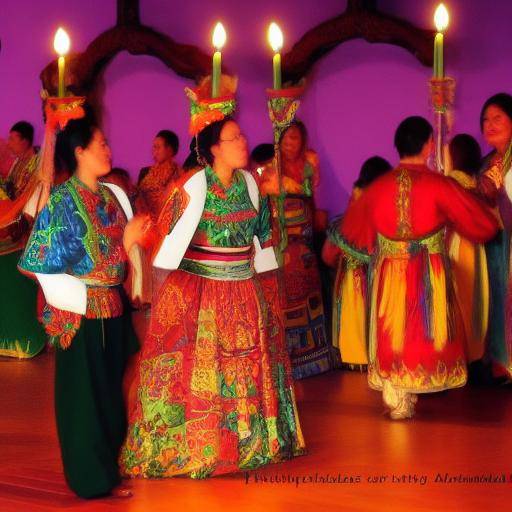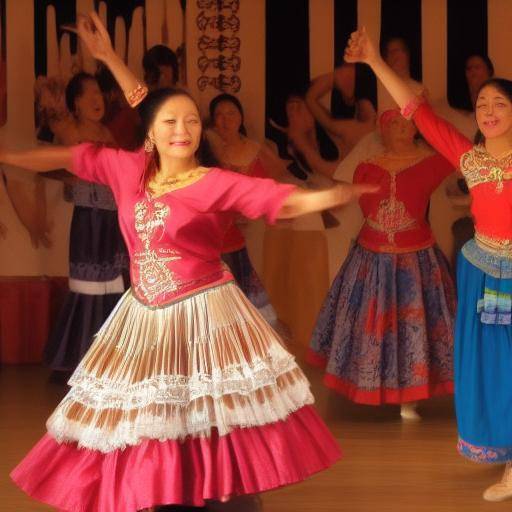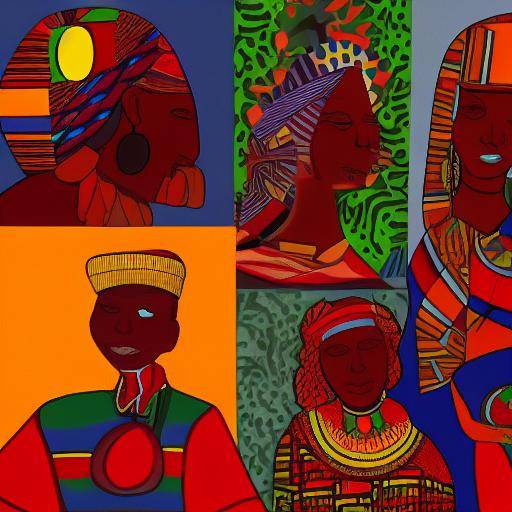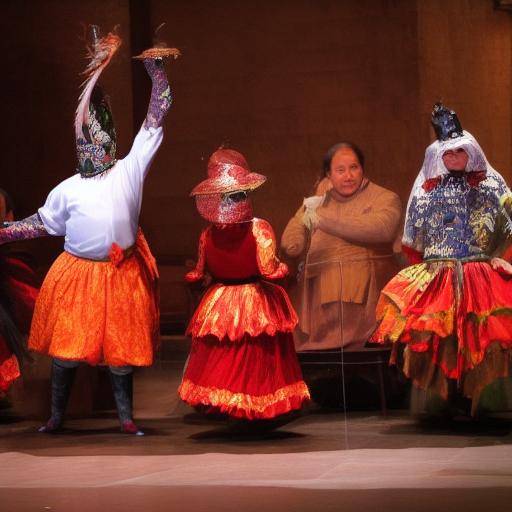
The masks have played a leading role in Asian traditions over the centuries, being fundamental elements in folklore and the legends of the region. These masks, with their intricate shapes and vibrant colors, have been used in various celebrations, rituals and theatrical performances. As we explore the rich history and symbolism behind Asian masks, we will also discover its connection with the world of folklore and legends, immersed in a fascinating journey through the cultural traditions of Asia.
Introduction
Since ancient times, masks have played a crucial role in the Asian cultural context. These pieces of art, designed and carved, have been used in a wide variety of situations, from festivals and ceremonies to theatrical performances and religious rituals. The significance and importance of Asian masks extend beyond their decorative function, adorned with vibrant colors and detailed designs, to represent profound aspects of Asian culture and beliefs.
In this article, we will explore in depth the Asian masks, examining their presence in folklore and Asian legends. From its history and evolution to its symbolism and contemporary applications, we will immerse ourselves in a world of deeply rooted cultural traditions. In addition, we will address how these masks intertwine with popular narratives and legends, playing significant roles in transmitting myths and teachings.
History and Background
The history of Asian masks dates back to millennia, with evidence of their use found in ancient Asian civilizations. These masks have evolved over time, reflecting the cultural, religious and artistic changes that have shaped the region throughout history. From rituals and religious ceremonies to elaborate theatrical performances, the masks have played a multifaceted role in Asian life.
Example of case: The Noh mask in Japan has been an integral part of the Noh theatre since the 14th century, and its presence has evolved along with the theatrical representation itself. The use of these masks not only serves as an artistic expression, but is also associated with the transmission of traditions and myths.
Analysis in Deep
In addition to its historical importance, Asian masks also embody a rich symbolism and immense cultural depth. These masks represent not only aesthetic beauty, but also the connection with the spiritual, mythological and ancestral. By thoroughly analyzing these characteristics, we can understand their ability to transcend the borders of artistic representation and incarnate deeper meanings.
By observing cultural syncretism in Asia, it is clear that masks play a crucial role in the preservation and expression of local traditions. Through symbolism and visual narrative, these masks have contributed to the transmission of myths, legends and teachings throughout generations.
Comprehensive review
Asian masks have not only been ornamental elements, but have also found significant applications in various aspects of everyday life. From their use in ritual practices to their presence in artistic representation and contemporary entertainment, these masks continue to be an integral part of Asian cultural fabric.
Expert Tip: According to cultural anthropologist Dr. Koji Tanaka, "Asian masks are not only historical artifacts, but also bearers of the spiritual essence of Asian communities. Their relevance lies in their ability to connect with our cultural roots and preserve traditions."
Comparative analysis
By comparing Asian masks with folklore and Asian legends, we can appreciate the deep interconnections that exist between these elements. The masks are not only physical objects, but have also become symbols that embody the narratives and beliefs rooted in folklore and Asian legends. In analyzing these interrelations, we can identify the points of convergence and divergence that enrich our understanding of Asian culture.
Practical Tips and Accessible Recommendations
For those interested in exploring Asian masks, folklore and legends, here are some practical tips and actionable recommendations for an enriching experience:
- Visit museums and exhibitions dedicated to Asian folk arts to appreciate the diversity and wealth of masks and their cultural context.
- Participate in traditional festivals and celebrations where Asian masks play a prominent role, which provides an opportunity to experience cultural authenticity.
- Explore literature and historical sources to better understand the role of Asian masks in the context of folklore and legends, which provides a deeper view of their meaning.
Industry and Expert Reviews Data
According to a recent study by the Institute of Asian Cultural Studies, there is a renewed interest in Asian masks, with an approach to preserving and promoting cultural traditions. Experts in the field have expressed the importance of understanding and assessing the cultural legacy that Asian masks represent, as a means of strengthening identity and fostering the appreciation of cultural diversity.
Case Studies and Practical Applications
Through case studies, we can appreciate the various ways in which Asian masks, folklore and legends influence different aspects of modern life. From its influence on performing arts to its presence in fashion and contemporary design, Asian masks continue to resonate in a wide range of fields.
Example of case: The contemporary fashion designer, Li Wei, has incorporated elements of Asian masks into his line of clothing, which reflects the lasting influence of these cultural artifacts in contemporary creativity.
Future Trends and Predictions
As we look to the future, it is plausible to expect Asian masks, folklore and legends to continue to play significant and relevant roles in the cultural and creative panorama of Asia. Given the growing global interest in Asian traditions and cultural heritage, these artistic manifestations are likely to remain sources of inspiration and cultural preservation in the coming decades.
Conclusions
In short, Asian masks, folklore and legends are intrinsically intertwined in the rich upholstery of Asian cultural traditions. As we explore the depths of these interconnections, we discover the fascinating diversity of meanings, rituals and expressions that these cultural manifestations encapsulate. By understanding and appreciating the importance of these elements, we can enrich our understanding of Asian culture and promote global appreciation for their ancestral traditions.
Frequently asked questions
1. What is the symbolism behind Asian masks in the context of folklore?
Asian masks represent a variety of meanings ranging from spiritual protection to symbolic representation of mythical and divine characters. His presence in folklore is often associated with the transmission of teachings and the connection with the supernatural.
2. How have Asian masks evolved throughout history?
Asian masks have experienced stylistic and cultural changes over the centuries, reflecting regional influences and changing social contexts. Their evolution has been closely linked to developments in religion, performing arts and ritual practices.
3. What is the role of Asian masks in popular legends?
Asian masks appear in numerous legends as magical objects, gaining life or giving special powers to those who use them. These mythological representations reveal the deep connection between masks and popular narratives.
4. What regions of Asia have outstanding traditions of masks?
Mask traditions are prominent throughout Asia, with countries such as Japan, China, Korea, Indonesia and India, among others, highlighting their distinctive styles and uses of masks in their own cultural traditions.
5. How can someone learn more about Asian masks?
For those interested in further exploring Asian masks, it is recommended to participate in cultural workshops, visit Asian art exhibitions and, in general, immerse themselves in folk traditions and creative expressions of Asia.
6. What is the contemporary relevance of Asian masks in today's society?
Asian masks have found a continuing relevance in today's society through their presence in festivals, artistic representations and modern creative expressions. Moreover, its value as a cultural heritage remains recognized and promoted in the contemporary world.
Conclusion
In conclusion, Asian masks, folklore and legends form an ancestral bond that transcends time and space, encapsulating the essence of Asian cultural traditions. By exploring this cultural cosmos, we enter a realm in which beauty, narrative and spirituality are intertwined in a fascinating way. As these artistic manifestations continue to inspire and astonish present and future generations, their importance will endure as testimony to the cultural wealth of Asia.

